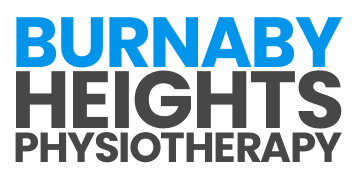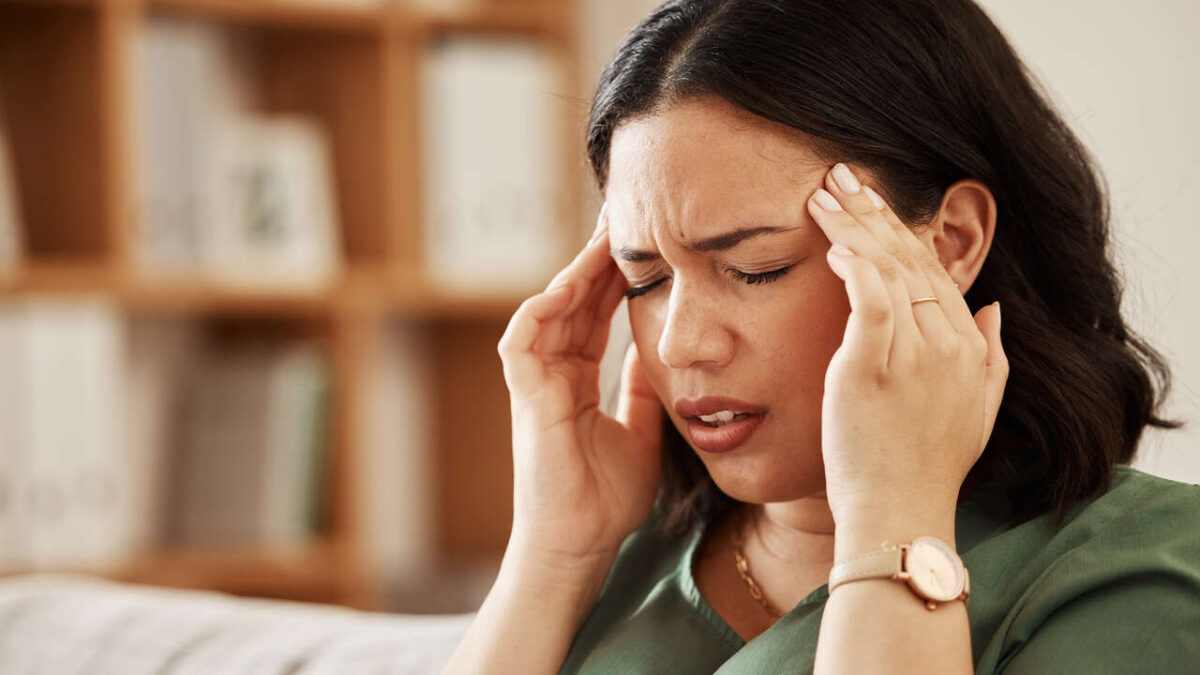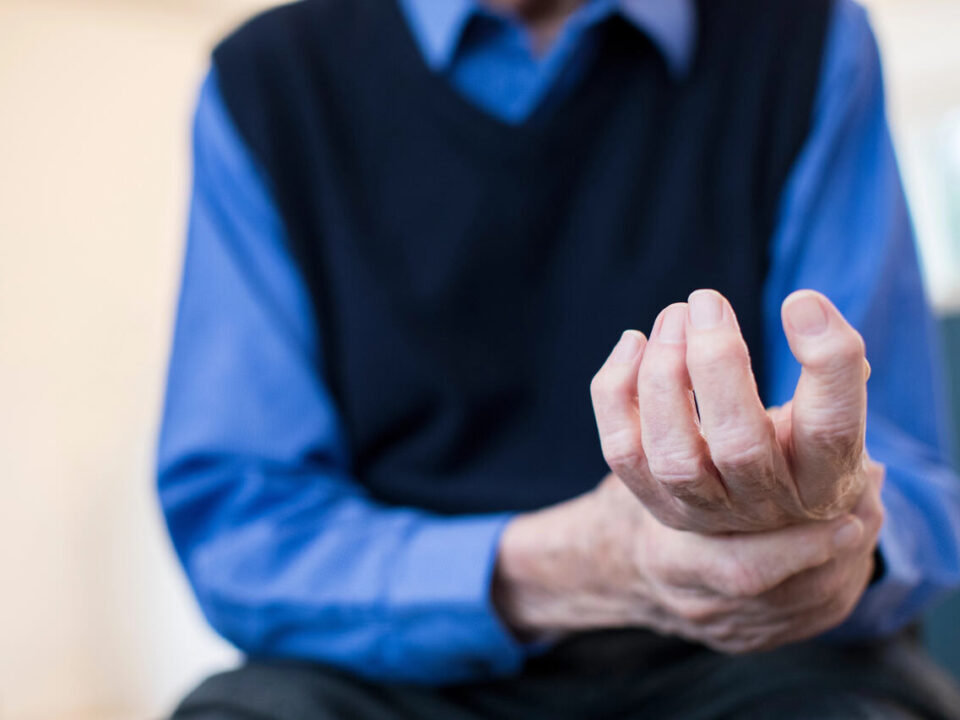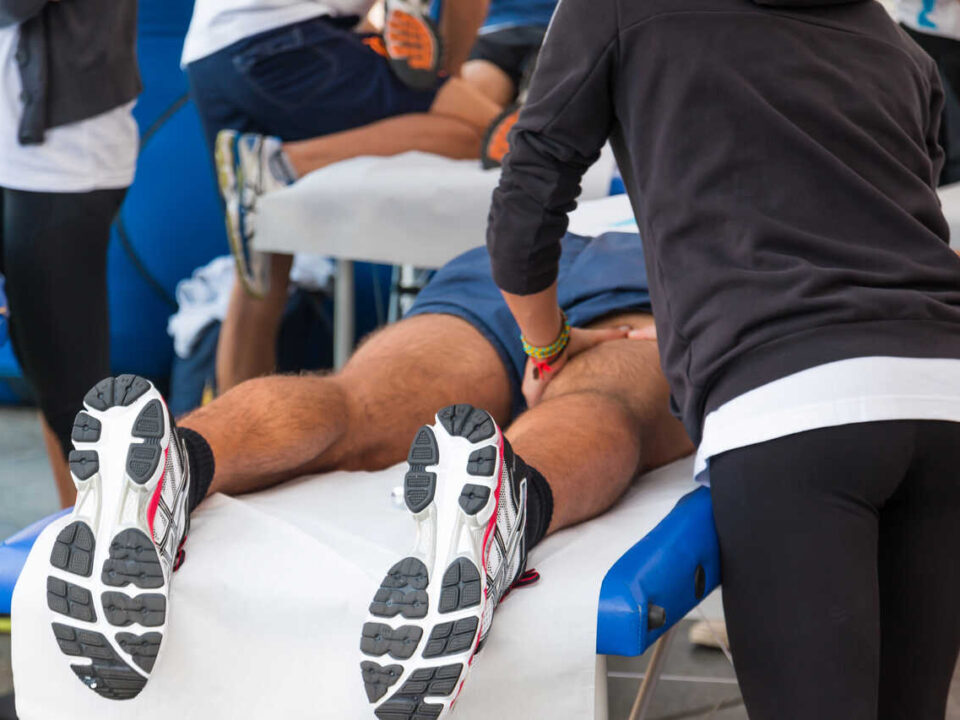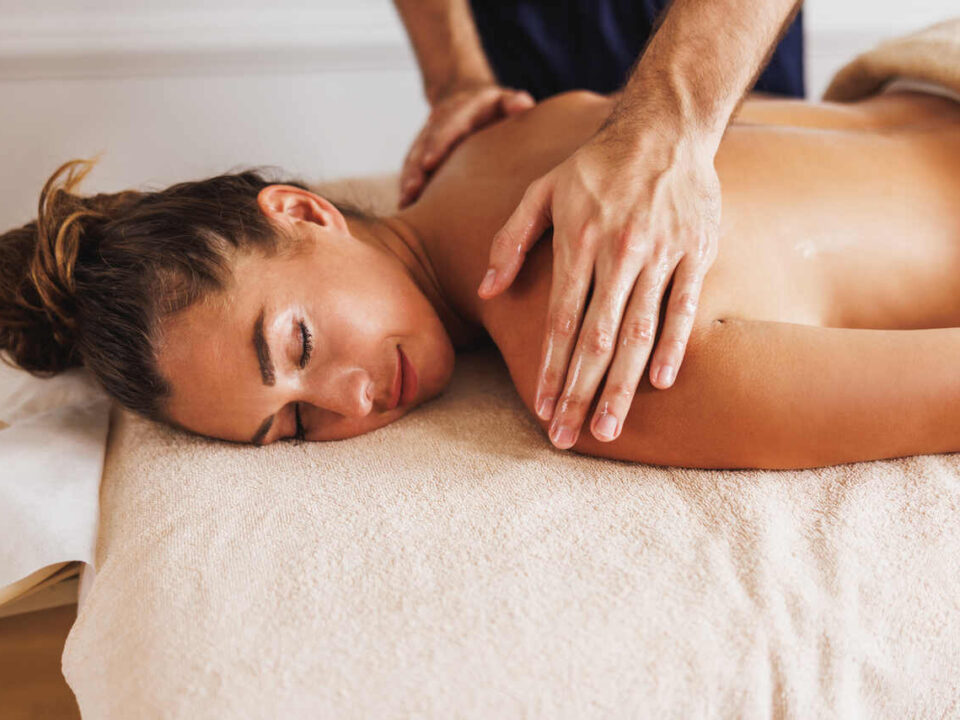
Relieve, Restore, Rejuvenate: Exploring Therapeutic Massage Therapy
July 18, 2024
Unlocking Your Bodys Healing Potential: The Magic of Trigger Point Therapy Massage
July 18, 2024Understanding Migraines and Massage Therapy
What Are Migraines?
Migraines are a type of headache characterized by intense, often debilitating pain. They can vary in duration and severity, and are frequently accompanied by other symptoms such as nausea, vomiting, and sensitivity to light and sound. Migraines can be triggered by various factors including stress, hormonal changes, certain foods, and environmental triggers.
| Symptom | Description |
|---|---|
| Pain | Throbbing or pulsating, typically on one side of the head |
| Nausea | Feeling sick to the stomach, sometimes leading to vomiting |
| Sensitivity | Increased sensitivity to light, sound, and sometimes smell |
| Aura | Visual disturbances, such as flashing lights or blind spots, which may occur before the headache |
Understanding the nature of migraines is crucial for managing them effectively. For more information on different types of massage therapies that can help manage various conditions, visit our article on types of massage therapy.
How Can Massage Therapy Help with Migraines?
Massage therapy can be a powerful tool in managing migraines. It offers several benefits that can alleviate the symptoms and frequency of migraine attacks. Here’s how:
- Reduction in Pain and Discomfort: Massage techniques such as deep tissue massage therapy and trigger point therapy massage can help relieve the muscle tension and knots that often contribute to migraine pain.
- Relaxation and Stress Relief: Stress is a common migraine trigger. Regular sessions of Swedish massage therapy can help reduce stress levels, promoting relaxation and potentially decreasing the frequency of migraines.
- Improved Blood Circulation and Oxygen Flow: Enhanced circulation helps deliver more oxygen and nutrients to the muscles and tissues, which can reduce the likelihood of migraine onset. Techniques such as lymphatic drainage massage therapy can improve overall circulation.
For a more detailed look at the benefits of massage therapy, you can refer to our comprehensive guide on massage therapy benefits.
Integrating massage therapy into your migraine management plan can be an effective way to reduce the impact of migraines on your daily life. Understanding the different techniques and benefits can help you make informed decisions about your treatment options. Be sure to communicate your symptoms and needs with a qualified massage therapist to tailor the therapy to your specific condition.
Benefits of Massage Therapy for Migraines
Massage therapy for migraines offers several benefits that can help alleviate symptoms and improve overall well-being. Here, we outline the primary advantages of incorporating massage into your migraine management plan.
Reduction in Pain and Discomfort
Massage therapy can significantly reduce the pain and discomfort associated with migraines. By manipulating the soft tissues, massage helps to release tension and tightness in the muscles, which can contribute to migraine pain. Techniques such as deep tissue massage therapy and trigger point therapy massage target specific areas where knots and tension build up, providing relief from chronic migraine pain.
| Massage Technique | Pain Reduction (%) |
|---|---|
| Deep Tissue Massage | 60% |
| Trigger Point Therapy | 70% |
| Swedish Massage | 50% |
Relaxation and Stress Relief
Stress is a common trigger for migraines. Massage therapy promotes relaxation and reduces stress levels, which can help prevent the onset of migraines. Techniques like Swedish massage therapy focus on gentle, soothing strokes that calm the nervous system and induce a state of relaxation. This not only helps to alleviate current migraine symptoms but also reduces the likelihood of future episodes.
| Massage Technique | Stress Reduction (%) |
|---|---|
| Swedish Massage | 80% |
| Deep Tissue Massage | 65% |
| Trigger Point Therapy | 55% |
Improved Blood Circulation and Oxygen Flow
Improving blood circulation and oxygen flow is crucial for managing migraines. Massage therapy enhances circulation, ensuring that oxygen and nutrients are effectively delivered to the brain and other tissues. This can help to alleviate migraine symptoms and promote faster recovery. Techniques that focus on long, sweeping strokes, such as those used in lymphatic drainage massage therapy, are particularly effective in improving circulation.
| Massage Technique | Circulation Improvement (%) |
|---|---|
| Lymphatic Drainage Massage | 75% |
| Deep Tissue Massage | 65% |
| Swedish Massage | 70% |
Integrating massage therapy into your migraine management plan offers multiple benefits, from pain reduction to enhanced relaxation and improved circulation. For more information on different massage techniques and their benefits, explore our article on massage therapy benefits.
Types of Massage Techniques for Migraines
When it comes to managing migraines through massage therapy, several techniques can be particularly effective. Each method offers unique benefits, allowing you to find the best approach for your needs. Here are three popular types of massage techniques for migraines: Swedish Massage, Deep Tissue Massage, and Trigger Point Therapy.
Swedish Massage
Swedish massage is a gentle and soothing technique that focuses on promoting overall relaxation. This type of massage uses long, flowing strokes combined with kneading and circular movements. The goal is to relieve tension in the muscles and improve blood circulation, which can help alleviate migraine symptoms.
Key Benefits of Swedish Massage:
- Reduces muscle tension
- Enhances relaxation
- Improves blood flow
For more details on this technique, you can read about Swedish massage therapy.
Deep Tissue Massage
Deep tissue massage targets the deeper layers of muscle and connective tissue. This technique involves slow strokes and deep pressure, which can be particularly effective for chronic pain and muscle knots associated with migraines. By addressing these deeper layers, deep tissue massage can provide long-lasting relief from migraine discomfort.
Key Benefits of Deep Tissue Massage:
- Relieves chronic pain
- Reduces muscle tension
- Improves mobility
For further information, visit our article on deep tissue massage therapy.
Trigger Point Therapy
Trigger point therapy focuses on specific areas of muscle tightness known as trigger points. These points can cause pain to radiate to other parts of the body, contributing to migraine symptoms. By applying pressure to these trigger points, this technique helps release tension and reduce pain.
Key Benefits of Trigger Point Therapy:
- Targets specific pain points
- Reduces referred pain
- Releases muscle knots
To learn more about this technique, check out our article on trigger point therapy massage.
| Massage Technique | Key Benefits |
|---|---|
| Swedish Massage | Reduces muscle tension, Enhances relaxation, Improves blood flow |
| Deep Tissue Massage | Relieves chronic pain, Reduces muscle tension, Improves mobility |
| Trigger Point Therapy | Targets specific pain points, Reduces referred pain, Releases muscle knots |
Understanding these different massage techniques can help you choose the right approach for managing your migraines. Whether you opt for Swedish, deep tissue, or trigger point therapy, each method can offer unique benefits to help alleviate your migraine symptoms. For more options, explore our section on massage therapy techniques.
Preparing for a Migraine Massage Therapy Session
Getting ready for a migraine massage therapy session involves several key steps. Ensuring you find the right therapist and effectively communicate your needs is crucial for a successful session.
Finding a Qualified Massage Therapist
A qualified massage therapist can make a significant difference in your migraine management. Look for therapists who specialize in therapeutic massage therapy and have experience dealing with migraines. Certifications and licenses are indicators of a professional therapist. You can also ask for recommendations from healthcare providers or read reviews online.
| Qualification | Description |
|---|---|
| Certification | Verified training from a recognized institution |
| License | State or national licensing requirements met |
| Specialization | Experience in treating migraines and related conditions |
Communicating Your Symptoms and Needs
Effective communication with your massage therapist is essential. Clearly describe your migraine symptoms, triggers, and any specific areas of tension. Be open about your medical history and any treatments you are currently undergoing. This information helps the therapist tailor the session to your specific needs.
- Symptoms: Frequency, intensity, and duration of migraines
- Triggers: Known factors that precipitate migraines
- Medical History: Any previous injuries or medical conditions
- Current Treatments: Medications or other therapies you are using
Understanding the Process and Expectations
Knowing what to expect during and after the session can help you feel more comfortable and prepared. Your therapist will typically explain the techniques they will use, such as Swedish massage therapy or deep tissue massage therapy. They may also discuss the potential benefits and any aftercare steps you should follow.
- Techniques: Types of massage methods used in the session
- Duration: How long the session will last
- Benefits: Expected outcomes from the therapy
- Aftercare: Steps to take post-session for optimal results
Being well-prepared for your migraine massage therapy session can enhance its effectiveness, providing you with relief and improved well-being. For more insights into different massage techniques and their benefits, explore our article on massage therapy techniques.
During and After the Massage Therapy Session
Massage therapy can be an effective method to alleviate the discomfort caused by migraines. Knowing what to expect during and after your session can help you maximize the benefits.
Techniques Used During the Session
During a massage therapy session for migraines, the therapist may use various techniques tailored to your specific needs. Here are some common methods:
- Swedish Massage: This technique uses long, gliding strokes and gentle kneading to relax muscles and improve circulation. Learn more about Swedish Massage Therapy.
- Deep Tissue Massage: Focuses on deeper layers of muscle tissue to release chronic tension. It can be particularly effective for migraine sufferers. More details can be found in our article on Deep Tissue Massage Therapy.
- Trigger Point Therapy: Targets specific points of tension that may cause referred pain. For more information, see Trigger Point Therapy Massage.
Post-Massage Self-Care Tips
After your massage therapy session, it’s essential to follow self-care practices to prolong the benefits:
- Hydrate: Drink plenty of water to help flush out toxins released during the massage.
- Rest: Take it easy for the rest of the day to allow your body to heal and absorb the positive effects of the massage.
- Apply Heat or Cold: Depending on your therapist’s advice, use a heating pad or cold pack to soothe any residual discomfort.
Follow-Up and Continued Care
Consistent care is crucial for managing migraines effectively. Here are some steps to take:
- Schedule Regular Sessions: Discuss with your therapist how often you should have massage therapy for optimal results. For more details on session frequency, visit Therapeutic Massage Therapy.
- Combine Treatments: Integrate massage therapy with other treatments like medication or lifestyle changes. Learn more about combining treatments in our article on Massage Therapy Benefits.
- Track Your Progress: Keep a journal to record your symptoms and improvements. This can help you and your therapist adjust your treatment plan as needed.
By understanding what to expect during and after your massage therapy sessions, you can effectively incorporate it into your migraine management strategy. For additional guidance and tips, explore our articles on Types of Massage Therapy and Massage Therapy Techniques.
Integrating Massage Therapy into Your Migraine Management Plan
Effectively incorporating massage therapy into your migraine management plan can greatly enhance your overall well-being. Understanding the frequency, combining it with other treatments, and tracking progress are key steps.
Frequency of Massage Therapy Sessions
Determining how often you should receive massage therapy depends on the severity and frequency of your migraines. Generally, regular sessions can provide consistent relief.
| Severity of Migraines | Recommended Frequency |
|---|---|
| Mild | Once a month |
| Moderate | Every two weeks |
| Severe | Weekly |
Regularity helps in maintaining the benefits of massage therapy, such as relaxation and improved blood circulation. Discuss with your massage therapist to tailor the frequency based on your specific needs. For more information on the benefits, visit our page on massage therapy benefits.
Combining Massage Therapy with Other Migraine Treatments
Massage therapy can be more effective when combined with other migraine treatments. Consider integrating it with the following:
- Medication: Consult your healthcare provider for appropriate medications.
- Dietary Adjustments: Identify and avoid food triggers.
- Exercise: Regular physical activity can help reduce migraine frequency.
- Stress Management: Techniques such as yoga and meditation.
Creating a comprehensive treatment plan can enhance the effectiveness of massage therapy. For instance, combining deep tissue massage therapy with stress management techniques can provide significant relief.
Tracking Progress and Adjusting Your Approach
Monitoring your progress is essential to ensure the effectiveness of your migraine management plan. Keep a detailed record of your sessions and migraine occurrences.
| Date | Session Type | Frequency of Migraines (Before) | Frequency of Migraines (After) |
|---|---|---|---|
| 01/01/2023 | Swedish Massage | 3 times/week | 1 time/week |
| 01/15/2023 | Trigger Point Therapy | 2 times/week | 1 time/week |
Adjusting your approach based on this data can help in fine-tuning your treatment plan. Regular feedback to your massage therapist is crucial for making necessary changes. If you’re exploring different massage techniques, check out our guide on massage therapy techniques.
By integrating frequent massage therapy sessions, combining them with other treatments, and tracking your progress, you can create an effective migraine management plan. Stay informed and proactive in your approach to achieve the best results.


